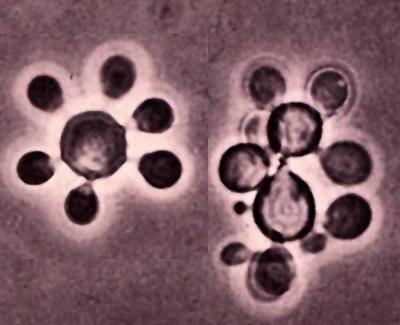South American Blastomycosis, also called Paracoccidioidomycosis, is a “deep” fungus infection that I have only rarely seen in my The Woodlands dermatology and Conroe dermatology clinics. South American Blastomycosis is caused by the fungus Paracoccidioides brasiliensis. It is endemic to Brazil but can be found in Argentina and Venezuela. It is most common amongst men who labor outdoors. Most patients are infected through the lungs but it can also occur in patients who pick their teeth with twigs or chew on leaves. Armadillos can also carry this disease. Most patients present with mucocutaneous involvement in which small papules occur in the mouth, which can ulcerate. The gingiva is the most common area affected in the mouth. Over time, the ulcerations become very destructive and destroy the mouth, nose and face. The lymph nodes can enlarge and break down with ulcerations. These enlarging lymph nodes can even resemble Hodgkin’s disease. Occasionally, the fungus can spread through the blood stream to infect the liver, spleen, adrenal glands and other organs. Diagnosis is made through skin biopsy and observing a “mariner’s wheel” appearance under microscopy. The “mariner’s wheel” is a yeast giving rise to multiple smaller budding yeast. Treatment is with one of the -azole antifungals such as itraconazole taken every day for 6 months.
October 11, 2010




